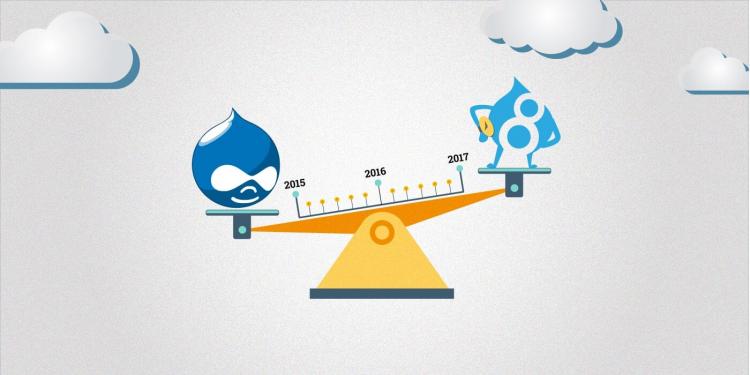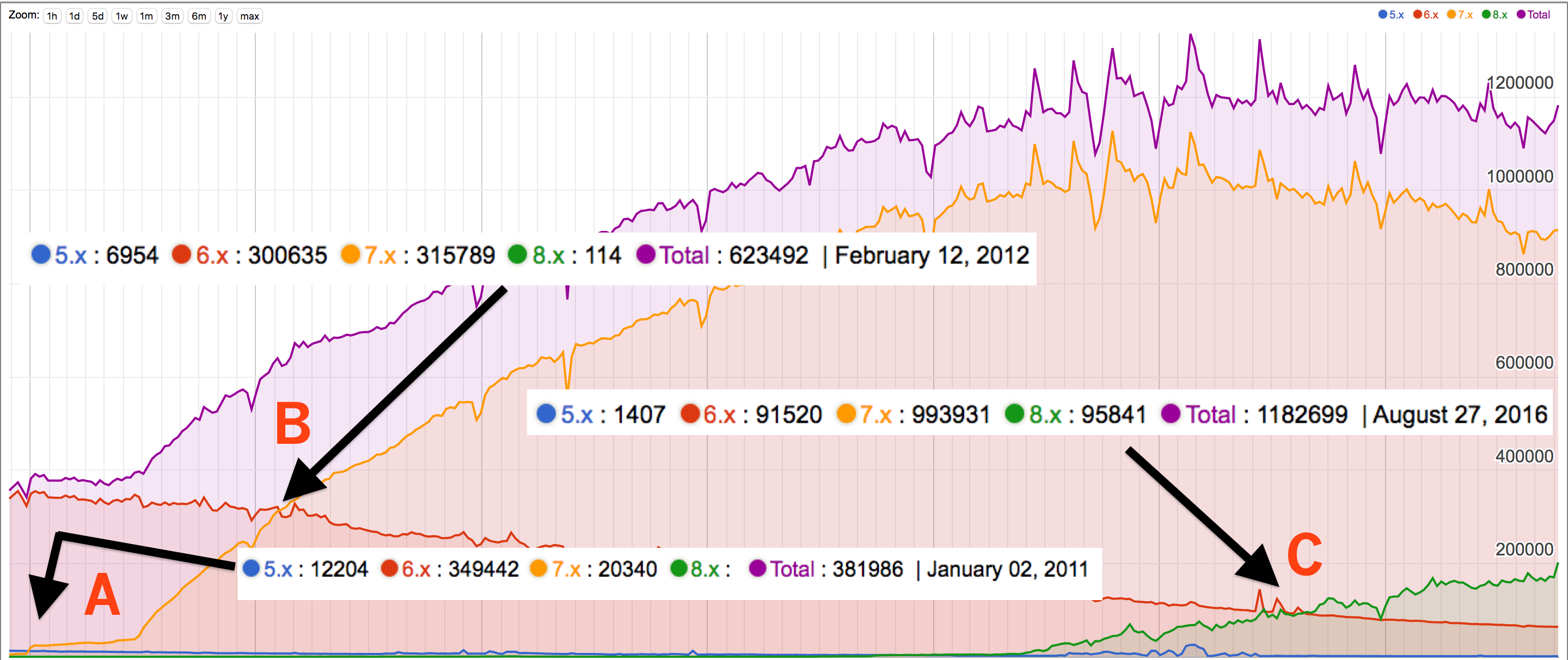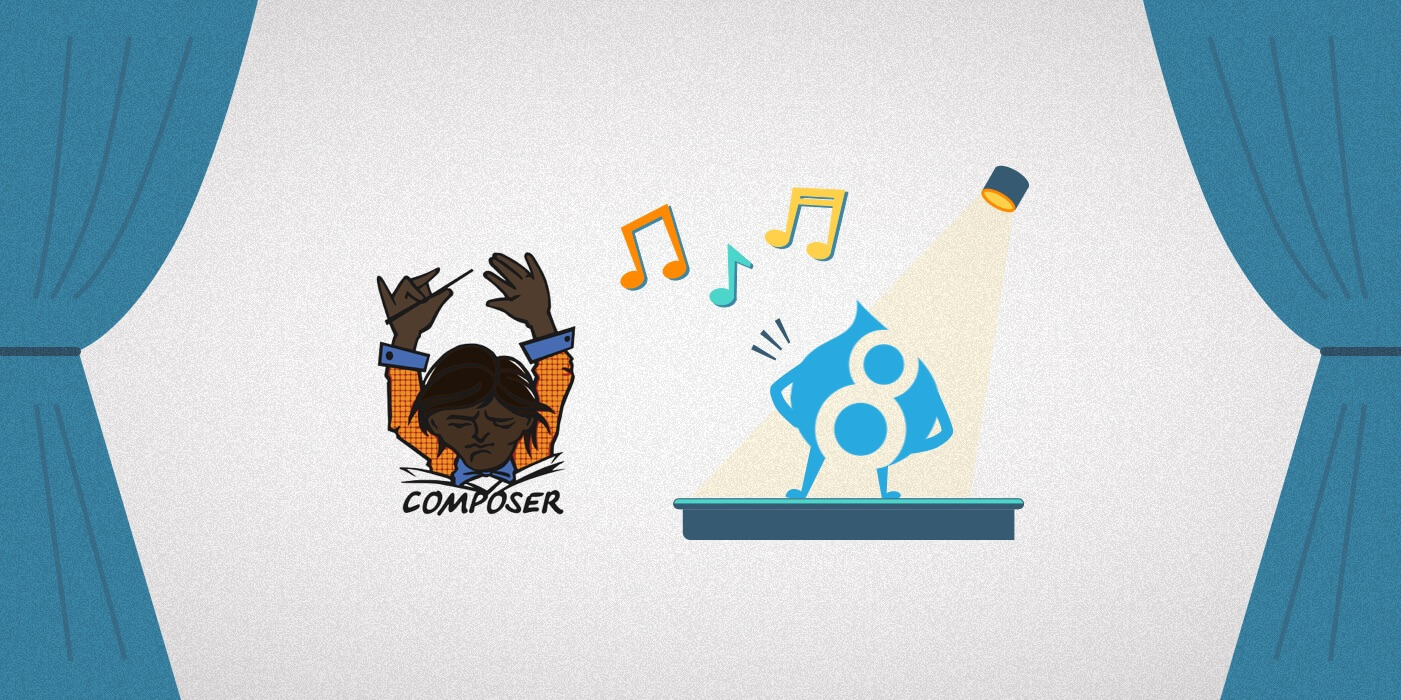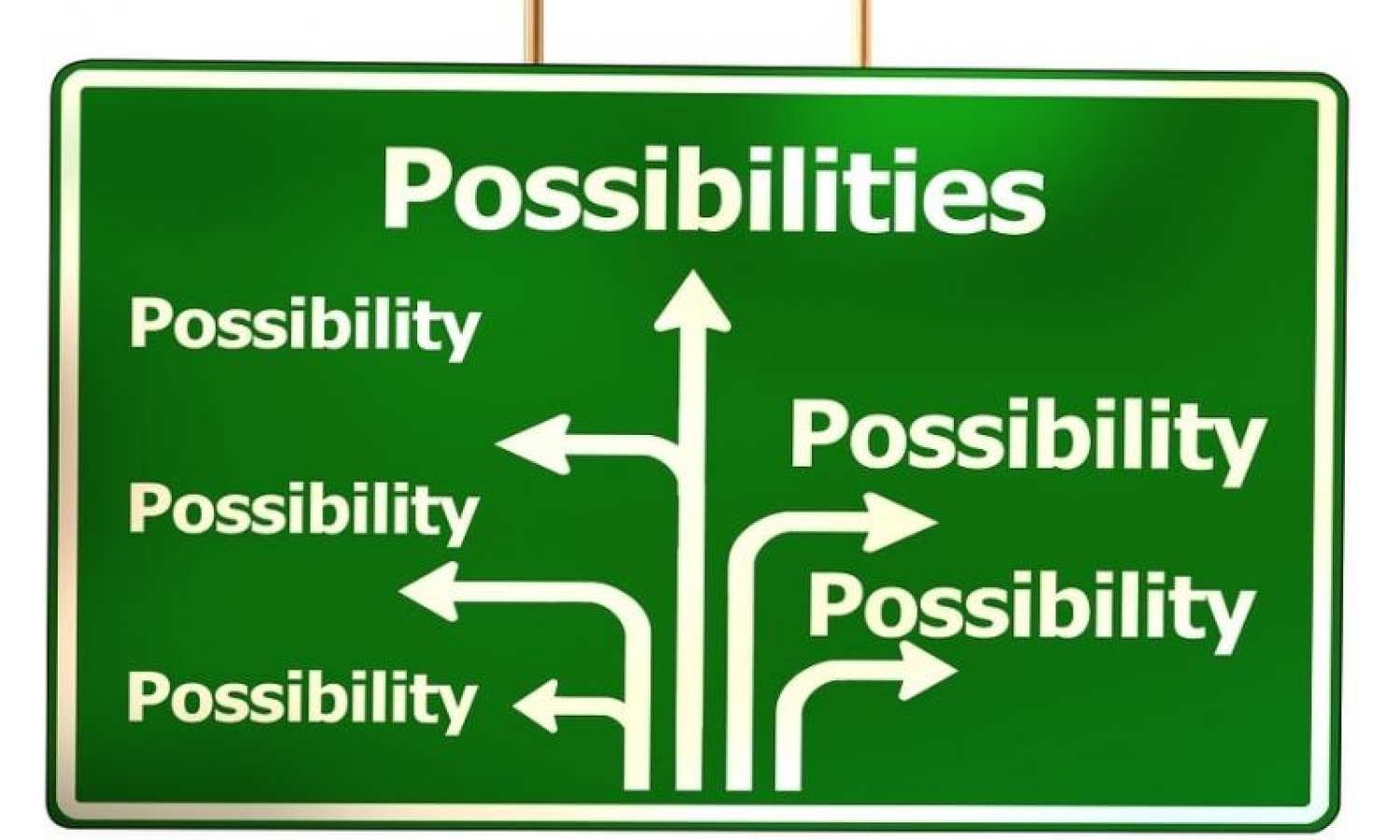Albeit a bit confusing, even for the non-technologist, you get the sense they’re more worried about breaking stuff and want upgrades to Just Work™. The strength of the Drupal approach is it allows for more innovation, and in some ways, less baggage since preserving backwards compatibility often means hanging on to outdated code. The trade-off is, once old code is determined to be holding innovation back, it’s cast to the side, and new structures must be implemented in the updated version. Historically, this paradigm has caused many to get stuck in an outdated Drupal version for longer than they’d like because they cannot afford an upgrade.
5. Inertia, perceived value, and expense
A modern organization is focused on more than just their website, and for investments that don’t deliver direct, visual, tangible change, stakeholders often overlook them, even when they may present value. Examples where the value is oft-invisible to clients are investing in an automated testing framework that ensures perpetual site integrity, or vigilantly applying security updates as they become available. In either case, the client may perceive them as optional, but foregoing them is likely to cost the organization in the long-run.
Since Drupal only provides security support for two major versions at a time (presently 7 and 8), for many, the prime motive for a new release, often framed as a mandate, is to upgrade from the version two major releases prior, which has fallen out of support. When Drupal 8 came out, Drupal 6 fell out of support after a grace period of three months, generously extended from the day of release given some of the community’s recognition of some of the challenges we’ve documented here.
If an organization doesn’t heed the security warnings, and doesn’t find enough value in the new features, they may choose to ignore the upgrade completely. The truth is it’s hard to estimate the future risk of using outdated software. However that future risk is very real, and digital security compromises show no signs of slowing down. Savas Labs always advocates for timely security coverage, but it has not always been a budgetary possibility for our partners to upgrade from Drupal 6 to Drupal 8 upon release of 8.
An answer to the Drupal 6 problem
In addition to our experience, the usage data show many organizations did not plan sufficiently to upgrade from Drupal 6 to 7 or 8 upon Drupal 8’s release. Recognizing that, a Drupal agency My Drop Wizard set up long-term security support for the many Drupal 6 sites that were not ready to upgrade to Drupal 8. It’s debatable whether or not this was a good thing for the community. People forced to change, often will change sooner than they would otherwise, but they may resent you for it. Conversely, you’d be hard-pressed to find an MDW client who didn’t experience anxiety relief when offered an inertia-compliant alternative.
Organizations that don’t perceive opportunity in the value the new software provides will look at an upgrade strictly as an expense to avoid, likely citing topics we’ve covered here.







